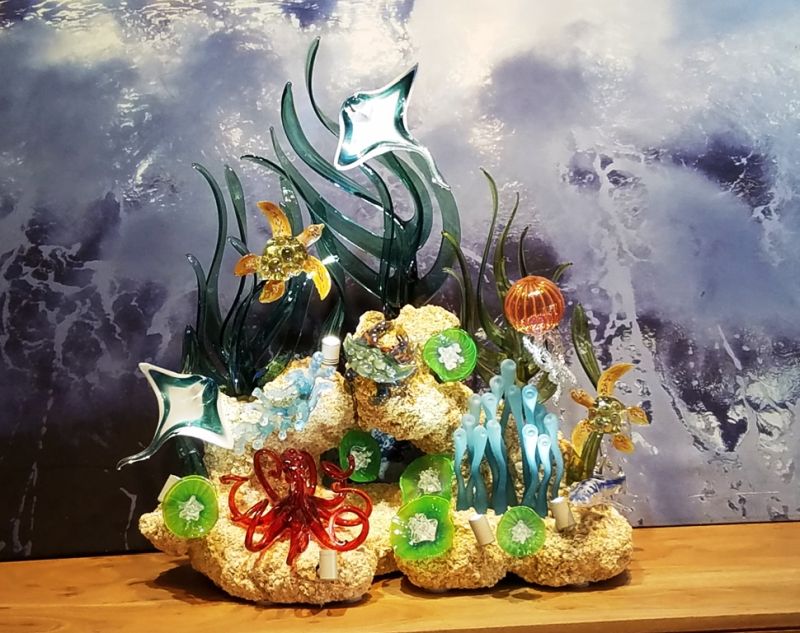I am a little out of my depth here, so I hope one of our electronic experts can offer some advice.

These guys are LED drivers designed to maintain constant brightness on some high-power LED spotlights, (which are on the other side of this clump of rock.) The spotlights are very, very bright. In the store, under store ceiling spots, it wasn’t apparent, but at home we keep it not so bright, so they are overpowering.
My usual solution would be to (a) install a dimmer, or (b) run 2 LEDs in series instead of parallel [i.e. use 1/2 as many drivers.] It appears the Drivers will just accept the 2 LEDs and adjust their output accordingly. So here’s a few questions I am pondering.
-
can I just reduce the AC power feed to get a lower DC output? As one does on a light dimmer?
-
is there an LED driver that also incorporates a dimmer?
Any advice welcomed.
